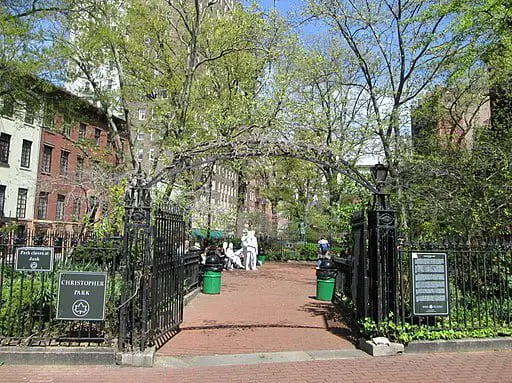Pride Month is a month-long celebration of (LGBTQI+) culture and history. The month of June was chosen for Pride Month because it commemorates the Stonewall riots, which occurred in New York City on June 28, 1969. The Stonewall Riots were a series of spontaneous, violent demonstrations by members of the gay (primarily gay men) community against a police raid that took place at the Stonewall Inn, a gay bar in Greenwich Village, Manhattan. The Stonewall riots are widely considered to be the start of the modern LGBTQ+ rights movement.
The first Pride march was held in New York City on June 28, 1970, one year after the Stonewall riots. The march was organized by the Gay Liberation Front, a radical LGBTQ+ rights group. The march was a small event, with only a few hundred people in attendance. However, it was a significant event, as it was the first time that LGBTQ+ people had publicly marched to demand their rights.
Pride marches have been held annually in New York City ever since the first march in 1970. Pride marches have also been held in other cities around the world. The first Pride march outside of New York City was held in Los Angeles in 1971. Since then, Pride marches have been held in hundreds of cities around the world.
Pride Month is now a global celebration of LGBTQ+ culture and history. Pride events are held in cities around the world, and they typically include parades, marches, festivals, and other events. Pride Month is a time for LGBTQ+ people to come together and celebrate their identity, and it is also a time for allies to show their support for the LGBTQ+ community.
Here are some of the things you can do to celebrate Pride Month:
- Attend a Pride march or parade.
- Visit a Pride festival.
- Learn about LGBTQ+ history.
- Support LGBTQ+ businesses.
- Speak out against discrimination against LGBTQ+ people.
Pride Month is a time to celebrate the progress that has been made in the fight for LGBTQ+ equality, and it is also a time to continue to fight for full equality for all LGBTQ+ people.
Image credit
Beyond My Ken, CC BY-SA 4.0, via Wikimedia Commons

